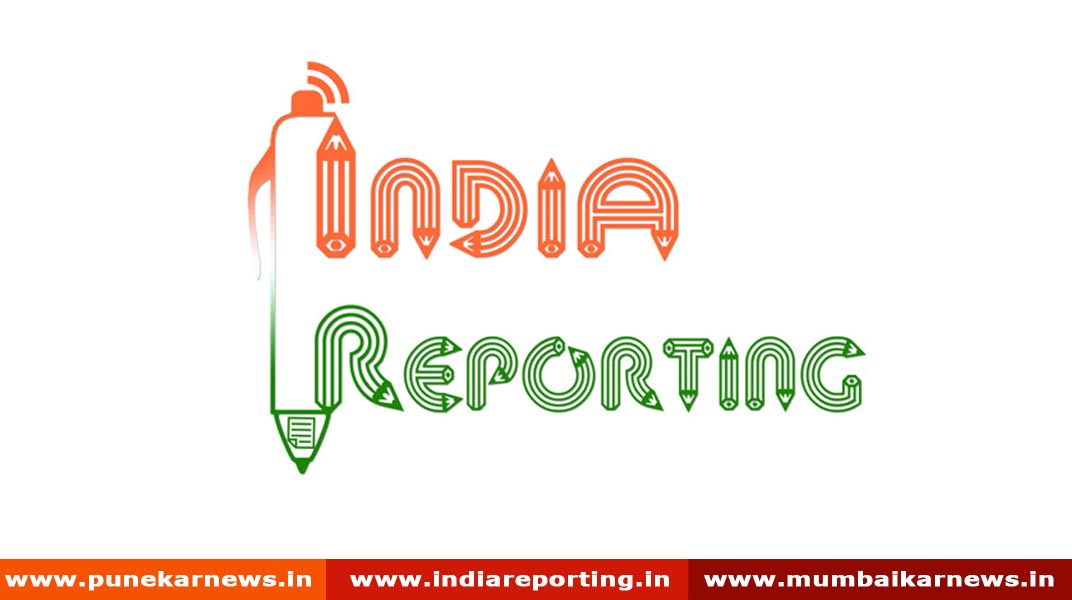New Delhi, 21 March 2022: Employment generation coupled with improving employability is the priority of the Government. Accordingly, the Government of India has taken various steps for generating employment in the country. The Government of India has announced Aatmanirbhar Bharat package to provide stimulus to business and to mitigate the adverse impact of Covid 19. Under this package, the Government is providing fiscal stimulus of more than Rs. Twenty Seven lakh crore. This package comprises of various long term schemes/ programmes/ policies for making the country self-reliant and to create employment opportunities.
Aatmanirbhar Bharat Rojgar Yojana (ABRY) has been launched with effect from 1st October, 2020 as part of Atmanirbhar Bharat package 3.0 to incentivize employers for creation of new employment along with social security benefits and restoration of loss of employment during Covid-19 pandemic. This scheme being implemented through the Employees’ Provident Fund Organisation (EPFO), seeks to reduce the financial burden of the employers and encourages them to hire more workers. The terminal date for registration of beneficiaries has been extended from 30.06.2021 to 31.03.2022. Benefits have been provided to 50.81 lakh beneficiaries through 1.33 lakh establishments till 28.02.2022.
Pradhan Mantri Mudra Yojana (PMMY) is being implemented by the Government for facilitating self-employment. Under PMMY, collateral free loans upto Rs. 10 lakh, are extended to micro/small business enterprises and to individuals to enable them to setup or expand their business activities. Upto 04.03.2022, 33.91 crore loans were sanctioned under the scheme.
Government launched the Garib Kalyan Rojgar Abhiyaan (GKRA) of 125 days on 20th June, 2020 to boost employment and livelihood opportunities for returnee migrant workers and similarly affected persons including youth in rural areas, in 116 selected districts across 6 States of Bihar, Jharkhand, Madhya Pradesh, Odisha, Rajasthan and Uttar Pradesh. The Abhiyaan has achieved an employment generation of 50.78 crore person days with a total expenditure of Rs. 39,293 crore.
PM GatiShakti is a transformative approach for economic growth and sustainable development. The approach is driven by seven engines, namely, Roads, Railways, Airports, Ports, Mass Transport, Waterways, and Logistics Infrastructure. This approach is powered by Clean Energy and Sabka Prayas leading to huge job and entrepreneurial opportunities for all.
The Government has put emphasis on railways, roads, urban transport, power, telecom, textiles and affordable housing amid continued focus on the National Infrastructure Pipeline. Budget 2021-22 launched Production Linked Incentive (PLI) schemes, with an outlay of Rs. 1.97 lakh crore, for a period of 5 years starting from 2021-22. All these initiatives are expected to collectively generate employment and boost output in the medium to long term through multiplier-effects.
The Government of India is encouraging various projects involving substantial investment and public expenditure on schemes like Prime Minister’s Employment Generation Programme (PMEGP) of the Ministry of Micro, Small & Medium Enterprises, Mahatma Gandhi National Rural Employment Guarantee Scheme (MGNREGS) & Pt. Deen Dayal Upadhyaya Grameen Kaushalya Yojana (DDU-GKY) of the Ministry of Rural Development, Deen Dayal Antodaya Yojana-National Urban Livelihoods Mission (DAY-NULM) of the Ministry of Housing & Urban Affairs etc. for employment generation.
Besides these initiatives, various flagship programmes of the Government such as Make in India, Digital India, Smart City Mission, Atal Mission for Rejuvenation and Urban Transformation, Housing for All, Infrastructure Development and Industrial Corridors are also oriented towards generating employment opportunities and economic growth.
As per the Annual Periodic Labour Force Survey(PLFS) report for the year 2019-20 released by Ministry of Statistics & Programme Implementation (MOSPI), the year-wise estimated Worker Population Ratio (WPR) and Unemployment Rate (UR) on usual status for age 15 years and above during the last three years are given below:
| Years | 2017-18 | 2018-19 | 2019-20 |
| Worker Population Ratio (WPR) (in %) | 46.8 | 47.3 | 50.9 |
| Unemployment Rate (UR) (in %) | 6.0 | 5.8 | 4.8 |
Source: MoSPI
The PLFS report indicates that while WPR has increased during 2017-18 to 2019-20, the Unemployment rate has decreased during this period.
This information was given by Shri Rameswar Teli, Minister of State, Ministry of Labour & Employment in Rajya Sabha today.
